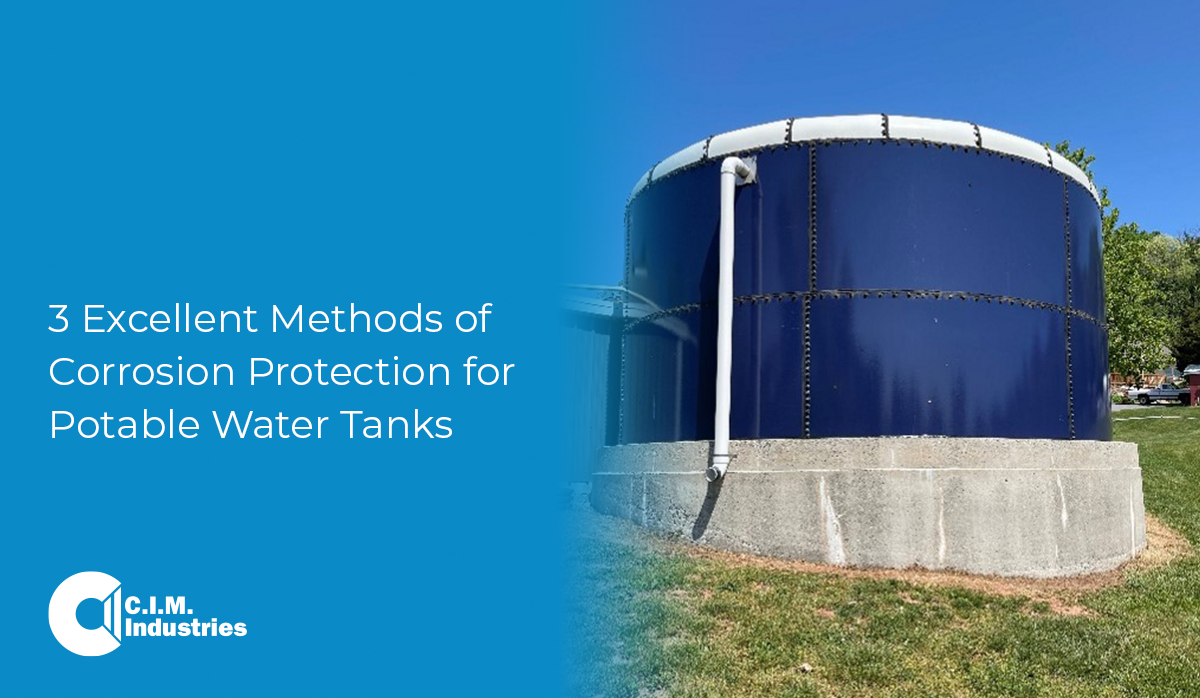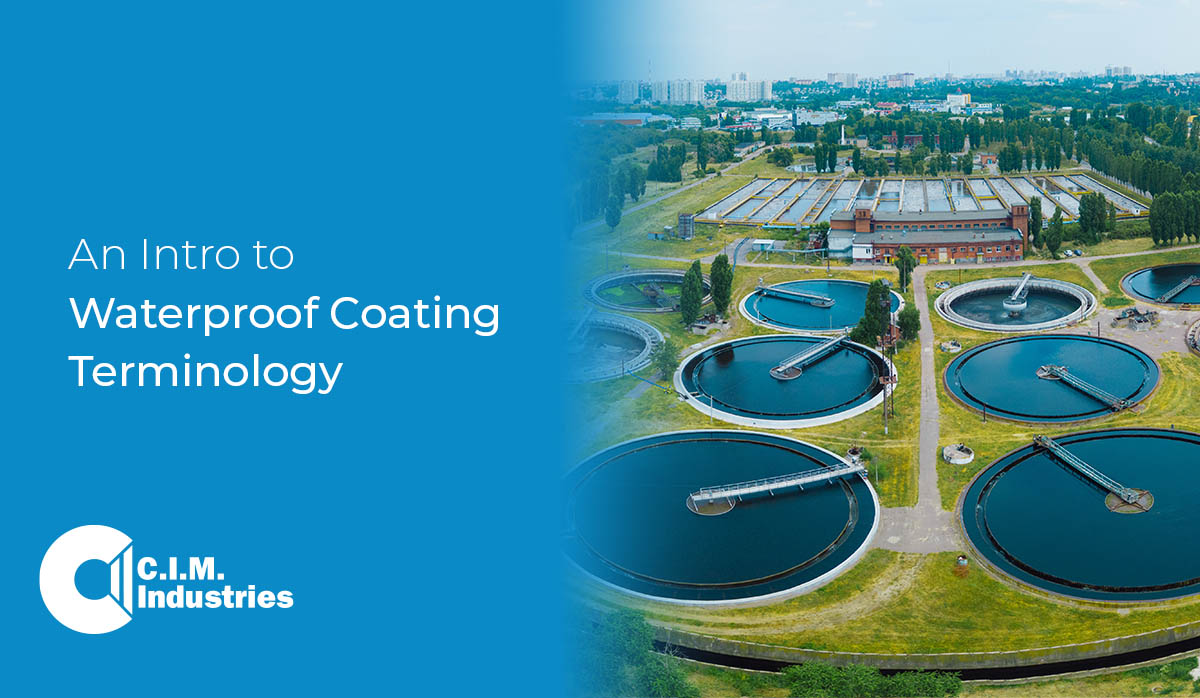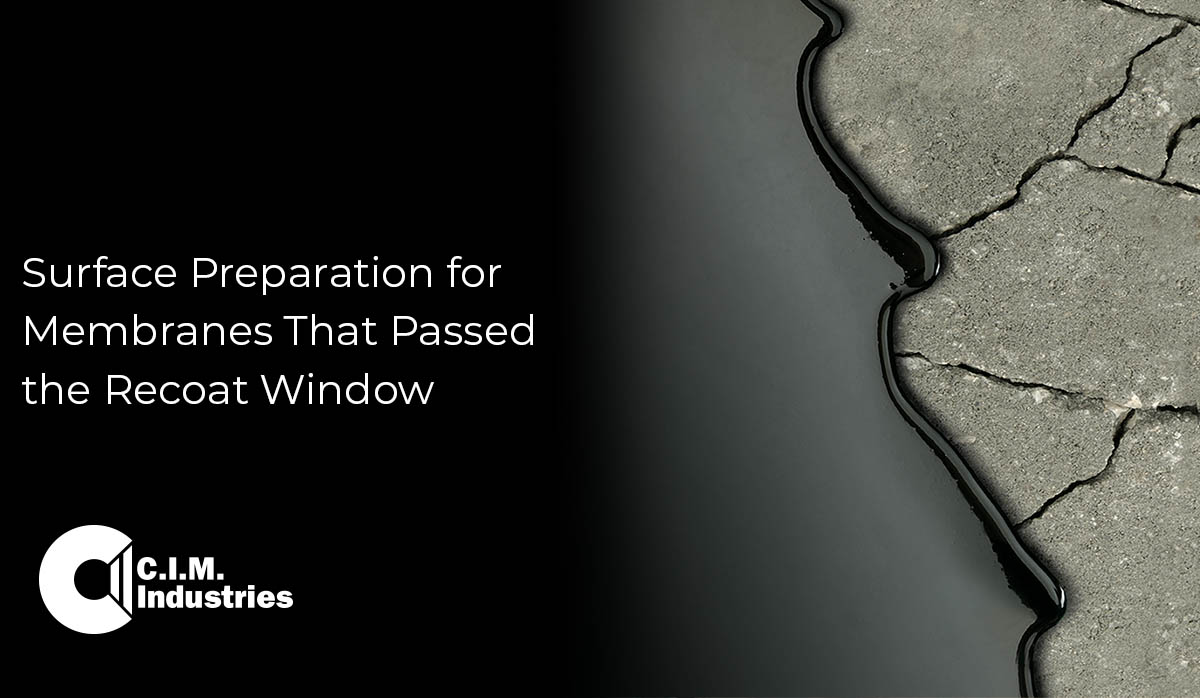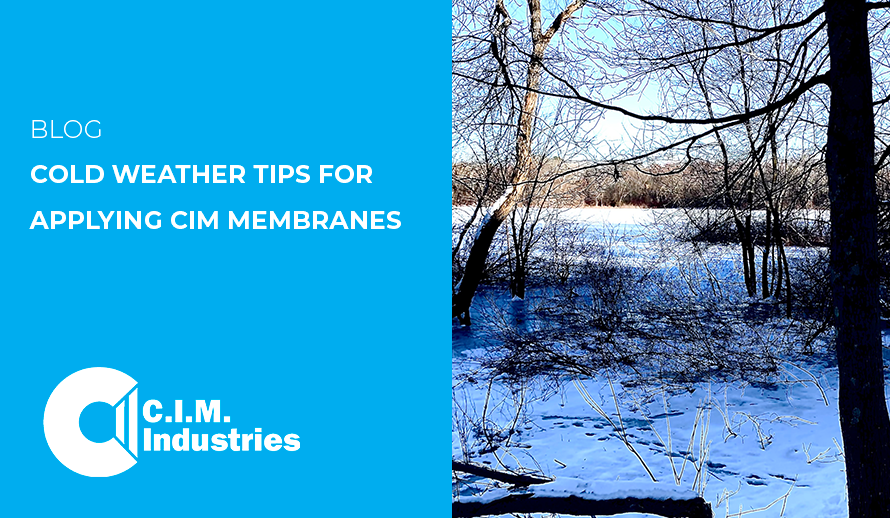In our last installment, Waterproofing Coatings Terminology 101, we reviewed some central concepts and terms in waterproofing to define the processes and materials common to our industry. In this installment, we take a deeper dive into coating terminology with a focus on the concepts documented in important product information sheets--specifically Technical Data Sheets (TDS).
TDS' are essential for every applicator as they outline, in great detail, significant product and material attributes that are essential to firmly grasp prior to coating. Let's look at what it takes to fully read these important documents.

.png?width=650&height=278&name=CIM%20Chase%20logoK_301C%20(3).png)









